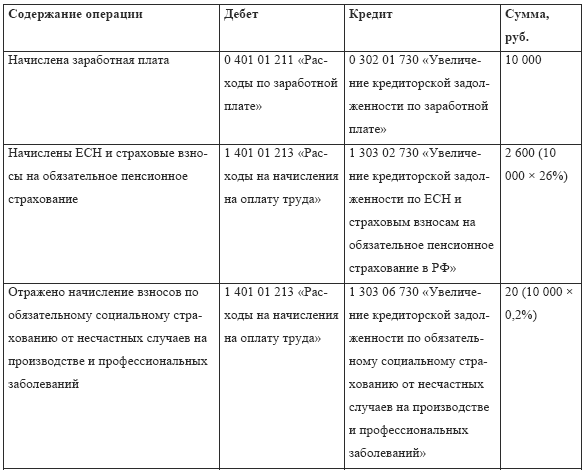Blank Koagulogramma

'Young Living Essential Oils: Body FB Page: Young Living with Mrs., please consider using my ID SRM' 'The Essential Oils body map - I personally use doTERRA Essential Oils but I love this 'map' someone tell me how I can copy & print this!' 'The Essential Oil Body Map Infographic. I'm a big advocate for essential oils, and a frequent user. Kamila Blank Photography, LLC, Palm Coast, FL, USA (386) 222-2942 info@kamilablank.com PALM COAST AREA PORTRAIT PHOTOGRAPHER I (386) 222-2942 I INFO@KAMILABLANK.COM TERMS OF USE I PRIVACY POLICY I COPYRIGHT 2017 KAMILA BLANK PHOTOGRAPHY.
Decoding of the coagulogram Prothrombin time (PT) PV is the time of thrombin clot formation if calcium and thromboplastin are added to the plasma. The index reflects the 1 and 2 phases of plasma clotting and the activity of 2,5,7 and 10 factors.
The norms of prothrombin time (PV) at different ages: • Newborn preterm infants - 14-19 sec; • Newborn full-term children - 13-17 seconds; • Young children - 13-16 seconds; • Older children - 12-16 seconds; • Adults - 11-15 seconds. Therapy with anticoagulants is considered effective if PV increases at least 1.5-2 times. INR MNO or prothrombin ratio is the ratio of the patient's PV to the control test tube. This indicator was introduced by the World Health Organization in 1983 to streamline the work of laboratories, as each laboratory uses various reagents-thromboplastins.
Obrazec karti klienta kosmetologa. The main goal of determining MNO is to control the admission of patients with indirect anticoagulants. The reasons for the change in the indicators of PI and INR: Increased prothrombin time and MNO Decreased prothrombin time and MNO • liver disease (cirrhosis of the liver, ); • deficiency of vitamin K with enteropathy, intestinal dysbiosis; • amyloidosis; • nephrotic syndrome; • DIC-syndrome; • hereditary deficiency of clotting factors (2,5,7,10); • decrease in the level of fibrinogen or its absence; • treatment with coumarin derivatives (warfarin, merenan); • presence of anticoagulants in the blood. • thrombosis and thromboembolism of vessels; • activation of fibrinolysis; • increase in the activity of the 7 factor.
APTTV (activated partial thrombin time, cephalian-kaolin time) APTTV is an indicator of the effectiveness of stopping bleeding by plasma factors. In fact, APTTV reflects the internal pathway of hemostasis, how quickly a fibrin clot forms. This is the most sensitive and accurate indicator of hemostasiograms. The value of APTTV, first of all, depends on the activator reagents used by the doctor, and in different laboratories the indicator can vary. The shortening of the APTT testifies to increased coagulability, the possibility of forming blood clots. And its elongation indicates a decrease in hemostasis. Why does APTTV change?
Causes of lengthening Causes of shortening • decreased blood clotting; • congenital or acquired deficiency of coagulation factors (2,5,8,9,10,11,12); • fibrinolysis; • 2 nd and 3 rd stage of DIC syndrome; • treatment with heparin and its low molecular weight analogues (clexane, tsibor, fractiparin); • autoimmune pathologies (systemic lupus erythematosus); • severe liver disease (cirrhosis, ). • increased coagulability of blood; • 1st phase of DIC-syndrome; • incorrect technique of blood sampling (contamination of the material by tissue thromboplastin).
Activated recalcification time ABP is the time required to form fibrin in plasma saturated with calcium and platelets. The indicator reflects the interaction between the plasma and cellular links of hemostasis.

Its value may vary depending on the reagents used in the laboratory. Lengthened ATS with a decrease in the number of platelets (thrombocytopenia) and a change in their quality (thrombocytopathy), hemophilia. The shortening of ABP indicates a tendency to form blood clots. Prothrombin index Prothrombin index or PTI is the ratio of the ideal prothrombin time to the prothrombin time of the patient, multiplied by 100%.
At present, this indicator is considered obsolete, doctors recommend that the INR be determined instead. The indicator, like the INR, neutralizes those differences in the results of PV, which occur because of the different activity of thromboplastin in different laboratories.
At what pathologies does the indicator change? Increases Decreased • deficiency of clotting factors; • deficiency of vitamin K (colitis, enterocolitis); • treatment with anticoagulants of indirect action (warfarin, neodicumarin, syncumar); • treatment with heparin and its low-molecular analogues (flenox, kleksan). • liver damage (cirrhosis, chronic hepatitis); • vascular thrombosis; • increased coagulation in women during pregnancy and during childbirth. Thrombin time Thrombin time shows the final stage of hemostasis.
- воскресенье 02 декабря
- 84